From viral collabs to PR nightmares, 2025 reminded us that marketing isn’t just about selling products; it’s about owning the moment. Some brands nailed it. Others… not so much. Here’s your recap of the biggest marketing trends, moments, cultural crossovers, and chaotic headlines that shaped the year.
Rhode’s Peptide Lip Shape Launch
Hailey Bieber kicked off 2025 by breaking the internet, again. Rhode’s latest lip launch, the “Peptide Pout,” wasn’t just about skincare; it was a masterclass in nostalgia, cultural relevance, and storytelling. What really made the campaign stand out was how the team listened to their audience months before launch, using feedback from early teasers to shape the final product and the messaging perfectly. A perfect example of how to listen to your audience and nostalgia marketing.

The Death of the Doulingo Owl
This was a masterclass in marketing. Everyone was talking, and for good reason. In February, Duolingo shocked the internet by announcing that its beloved owl had died, with the only way to learn what happened being to complete your lessons. The twist? It was all a setup for the owl’s dramatic “resurrection” and a reveal that the death was fake. It left everyone in awe of Duolingo’s marketing genius and how negative marketing can have a big impact.
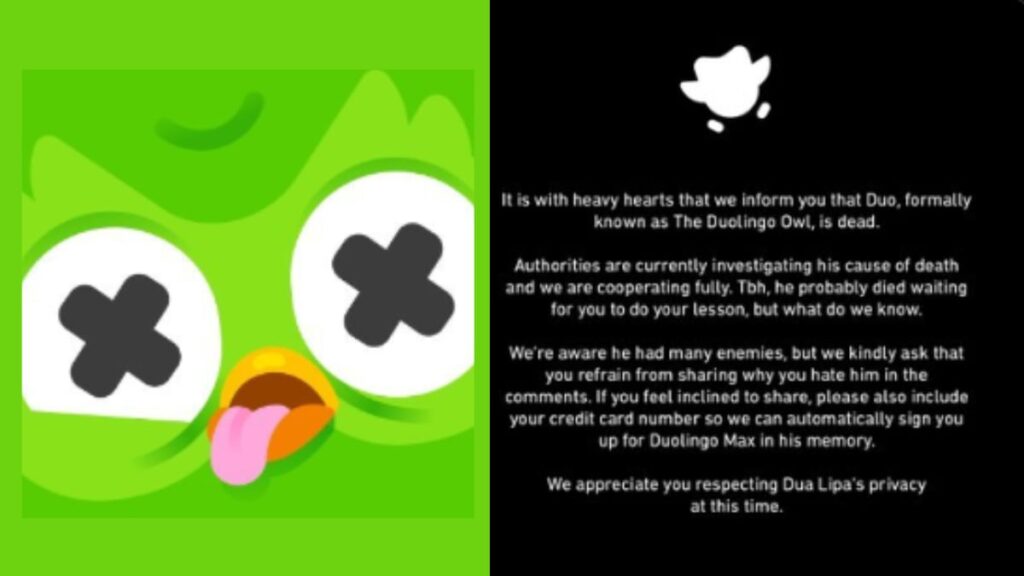
Nike’s “So Win” Comeback Campaign
After a quiet 2024, Nike came back swinging with “So Win”, a raw, emotional campaign that ditched perfection for messy wins and real grit. Leaning into negative marketing, it highlighted the struggle and frustration to make the victories hit harder. The message was clear: challenge stereotypes, ignore the doubters, and turn every limitation into motivation to “So Win.”

Severance X Grand Central Display
To promote Season 3 of Severance, Apple TV+ turned Grand Central Station into a real-life “Lumon” workspace, complete with suited employees, eerie cubicles, and clock-in scanners. It was immersive marketing at its finest (and creepiest), blurring the line between fiction and reality. The stunt didn’t just thrill existing fans; it pulled in curious commuters and first-time viewers, expanding the show’s audience before the premiere even dropped.
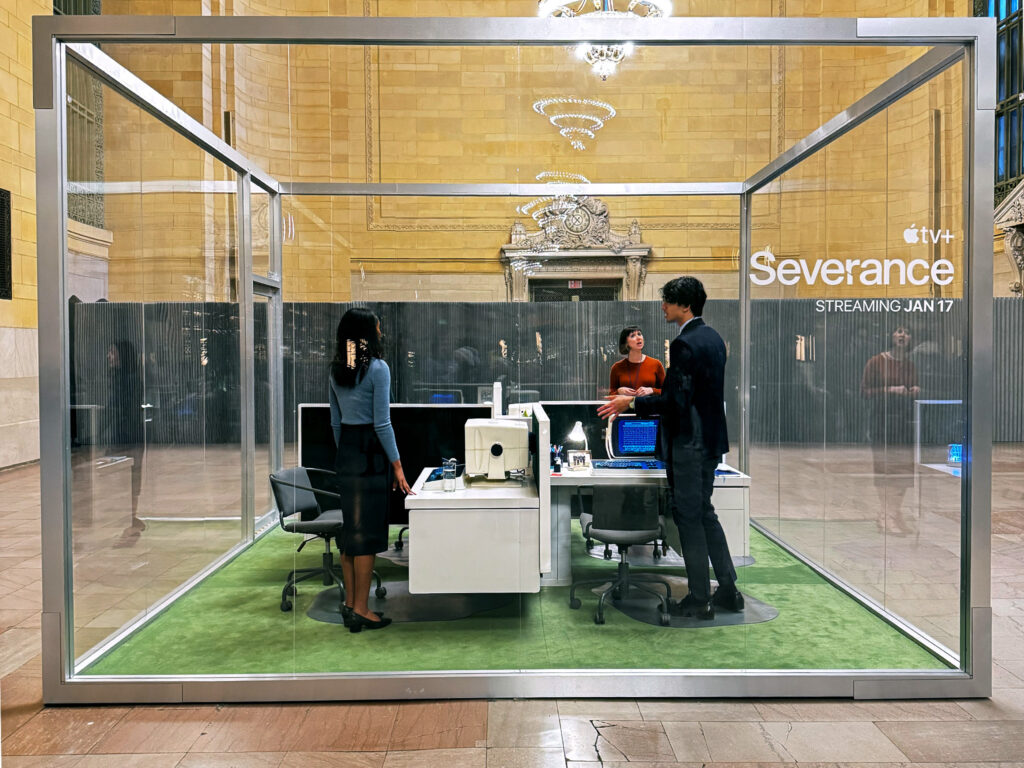
Coke Revamps “Share a Coke” for Gen Z
Coca-Cola revived its iconic “Share a Coke” campaign, but this time, it wasn’t about names. The 2025 version invited Gen Z to “Share Your Vibe,” letting users generate custom digital Coke bottles tied to moods, playlists, and memes. It was nostalgia with a modern twist, proving that Coke still knows how to connect with the next generation. It’s a great reminder that you don’t always need to start from scratch. Revisiting past campaigns or repurposing content for a new audience can breathe fresh life into your brand when you adapt it to today’s culture, trends, and tech.

Southwest Airlines Baggage Policy Backlash
Southwest landed in hot water this May after introducing a new baggage policy that limited free checked bags, a major shift from one of its most beloved perks. Loyal travelers felt blindsided, and backlash spread fast across social media. The uproar pushed Southwest to clarify (and partially reverse) the change. It was a clear reminder that even trusted brands need to know their audience.
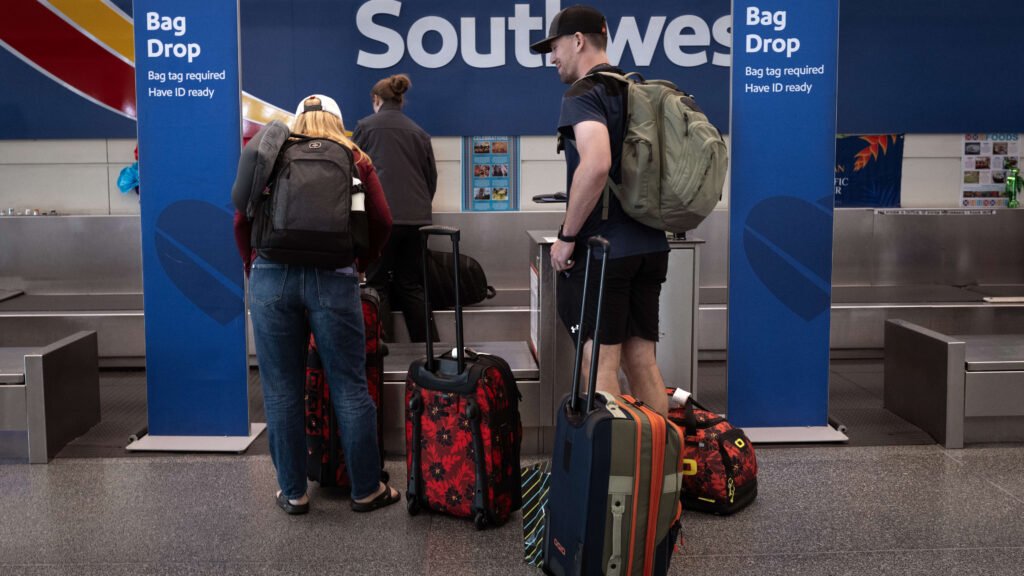
Meta’s Creepy AI Personas
Meta’s rollout of its “AI Personas”, digital influencers powered by generative AI, was meant to revolutionize engagement. Instead, it creeped people out. The line between human and algorithm has blurred, raising new ethical and creative questions for brands that are dabbling in artificial personalities. Blending influencer marketing with AI sounded like a good idea in theory, but flopped with audience perception.
Sydney Sweeney x American Eagle “Great Jeans” Campaign
If you haven’t heard about this campaign, you might’ve been living under a rock. It sparked major conversations about the use of genetics in marketing, but not for the right reasons. What was meant to celebrate diversity and individuality ended up coming off as tone-deaf, missing the mark completely. A perfect example of how not knowing who your audience is can lead to major backlash.

Sabrina Carpenter x Dunkin’
After Espresso topped the charts, Sabrina Carpenter and Dunkin’ teamed up for the “Brown Sugar Shaken Espresso” collaboration, and fans lost their minds. The campaign seamlessly blended music, lifestyle, and brand fandom, demonstrating how cultural moments can directly translate into sales.
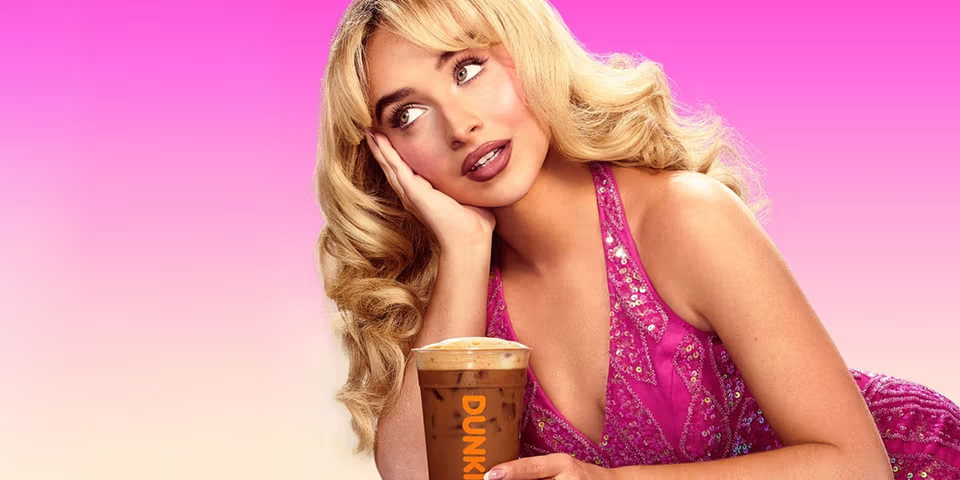
E.l.f Cosmetics x Matt Rife Fiasco
What started as a cheeky collaboration quickly turned awkward when comedian Matt Rife’s viral jokes clashed with E.l.f.’s inclusive brand image. The backlash came fast, the partnership ended faster, a reminder that not every viral star aligns with your brand values.
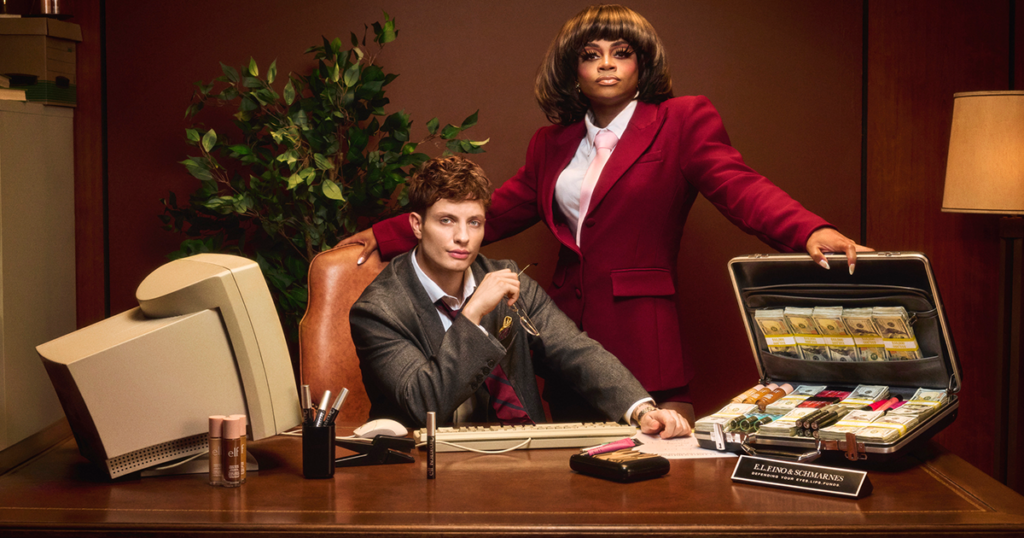
The Takeaway
2025 was a year of big swings. Brands that leaned into authenticity, unexpected partnerships, and bold storytelling earned real attention and loyalty. The ones chasing trends without purpose got left behind.
As we move into 2026, one thing’s clear: marketing isn’t just about campaigns anymore, it’s about creating moments that truly connect with people.
At ThrivePOP, that’s what we focus on: helping brands tell stories that feel genuine, relevant, and built to last.
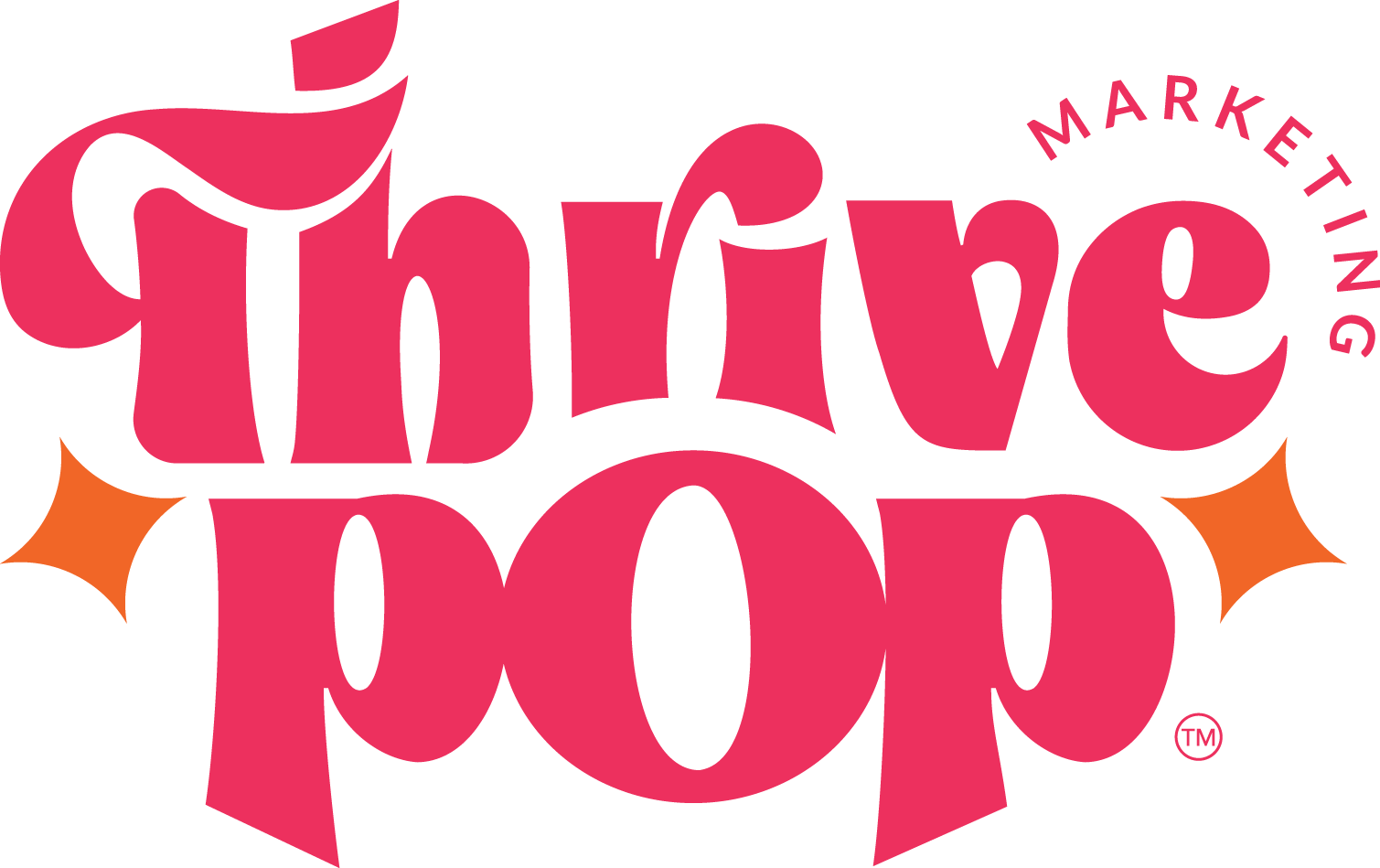



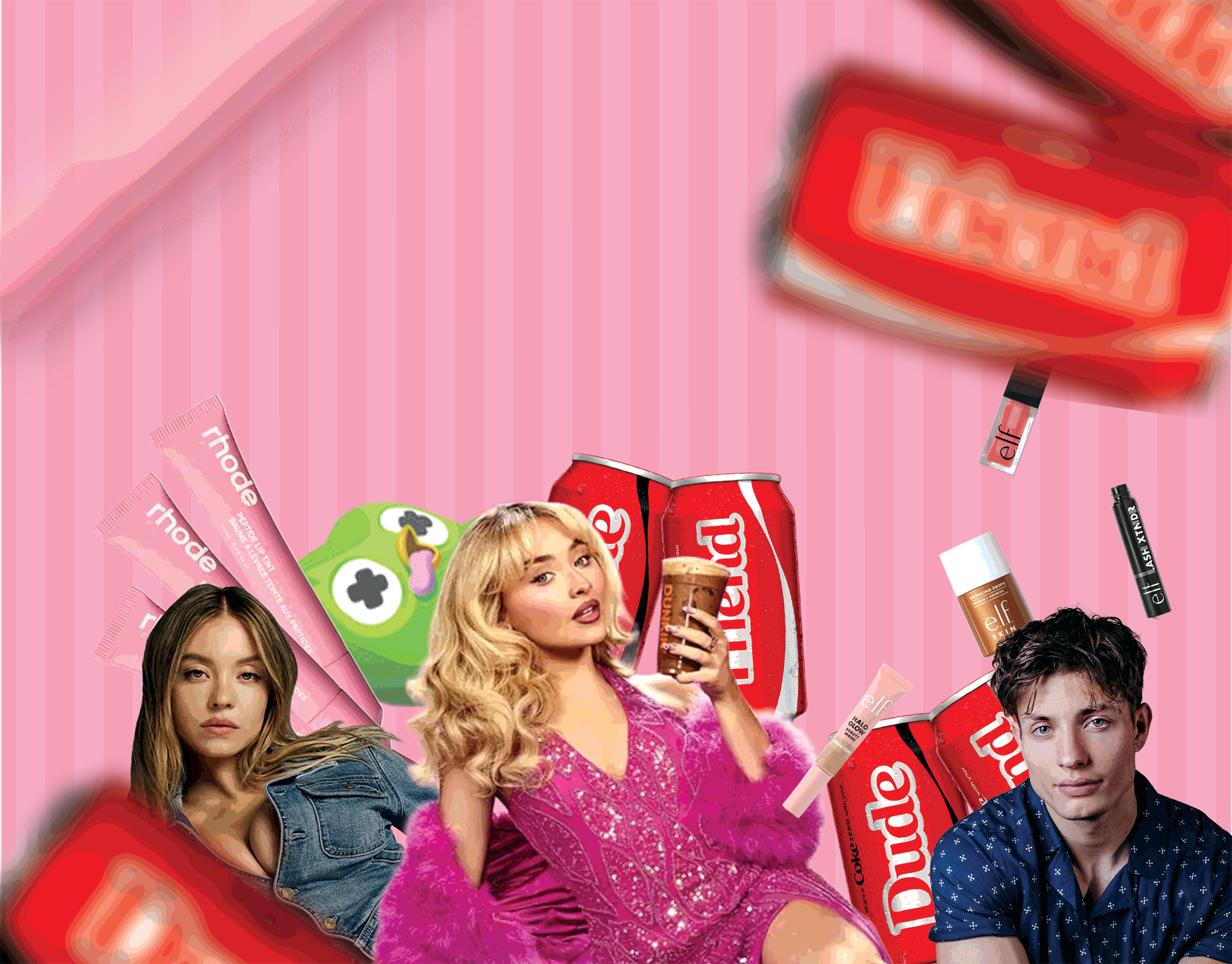
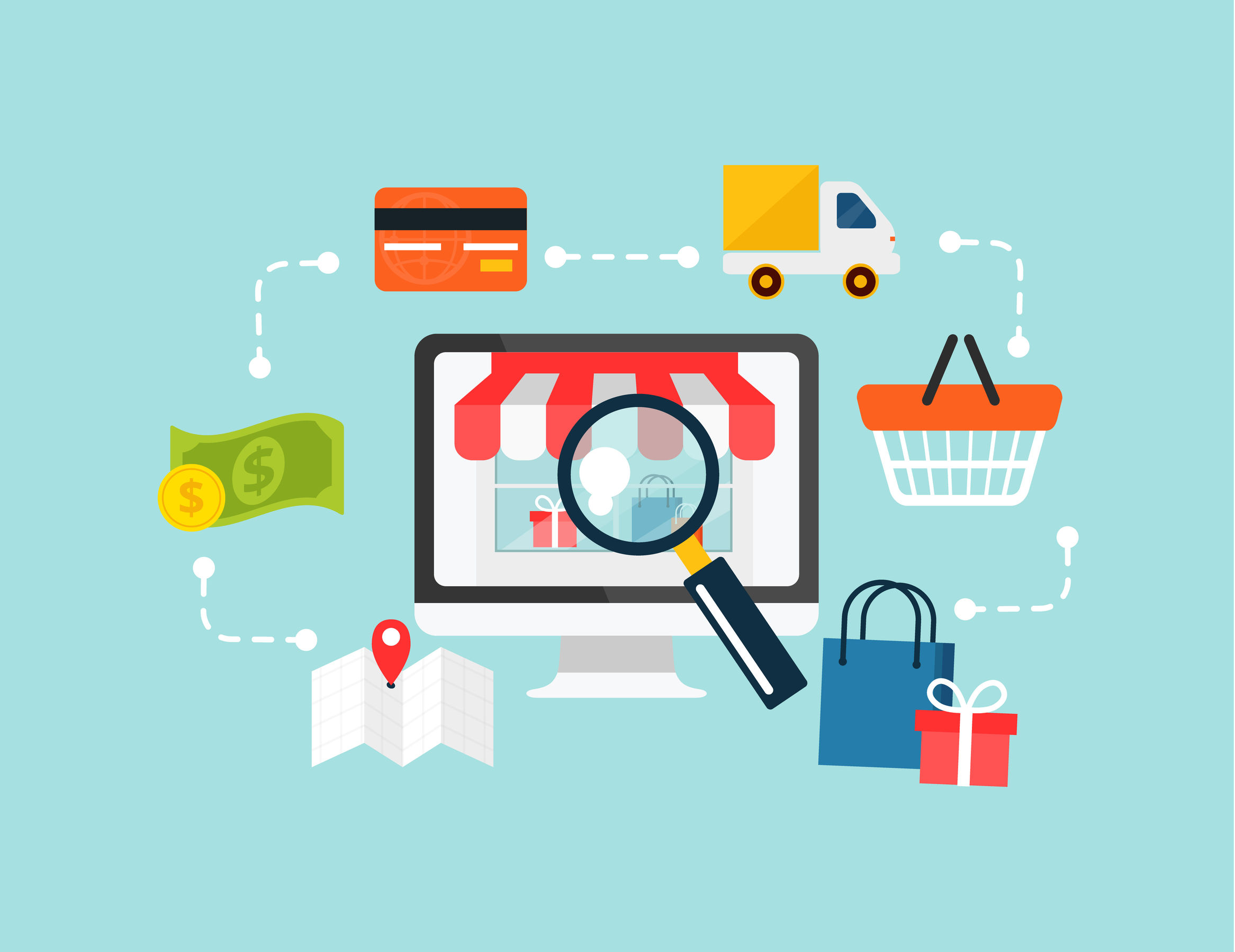


Leave a Reply